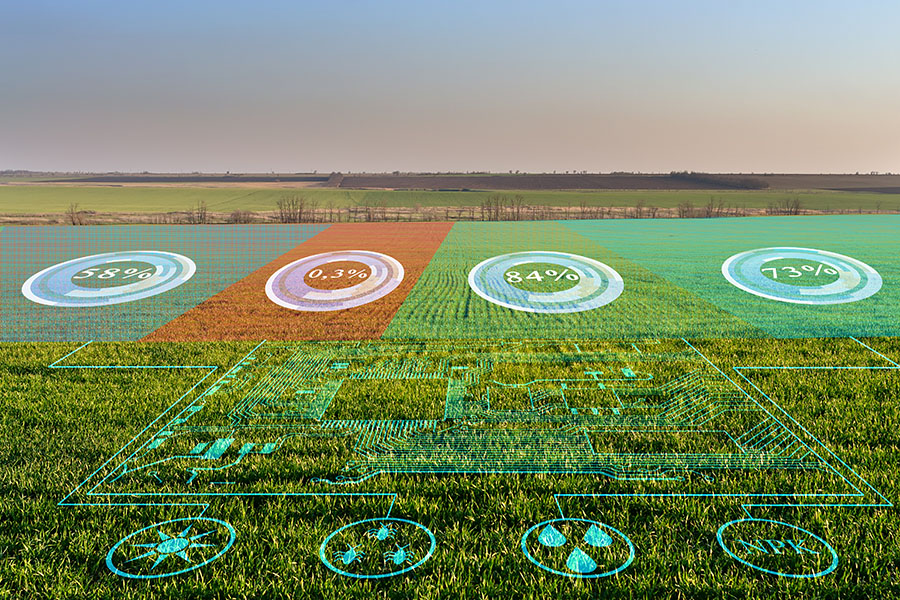
A team of researchers led by the Department of Bioproducts and Biosystems Engineering has significantly improved the performance of numerical predictions for agricultural nitrous oxide emissions. The first-of-its-kind knowledge-guided machine learning model is 1,000 times faster than current systems and could significantly reduce greenhouse gas emissions from agriculture.
The research was recently published in Geoscientific Model Development, a not-for-profit international scientific journal focused on numerical models of the Earth. Researchers involved were from the University of Minnesota, the University of Illinois at Urbana-Champaign, Lawrence Berkeley National Laboratory, and the University of Pittsburgh.
Compared to greenhouse gases such as carbon dioxide and methane, nitrous oxide is not as well-known. In reality, nitrous oxide is about 300 times more powerful than carbon dioxide in trapping heat in the atmosphere. Human-induced nitrous oxide emissions (mainly from agricultural synthetic fertilizer and cattle manure) have also grown by at least 30 percent over the past four decades.
“There’s a pressing need to shut off the valve as quickly as possible, but you can’t manage what you can’t measure,” said Licheng Liu, the lead author of the study and research scientist from the University of Minnesota’s Digital Agriculture Group in the Department of Bioproducts and Biosystems Engineering.
Estimating nitrous oxide from cropland is an extremely difficult task because the related biogeochemical reactions involve complex interactions with soil, climate, crop, and human management practices—all of which are hard to quantify. Although scientists have come up with different ways to estimate nitrous oxide emission from cropland, most existing solutions are either too inaccurate when using complex computational models with physical, chemical, and biological rules or too expensive when deploying sophisticated instruments in the fields. Continue reading the full story here.